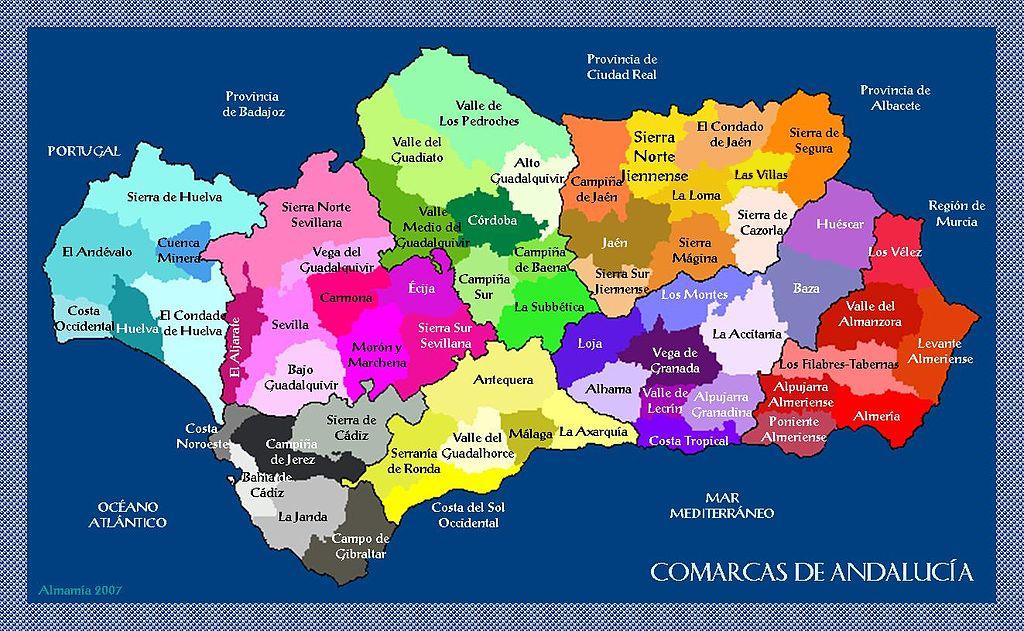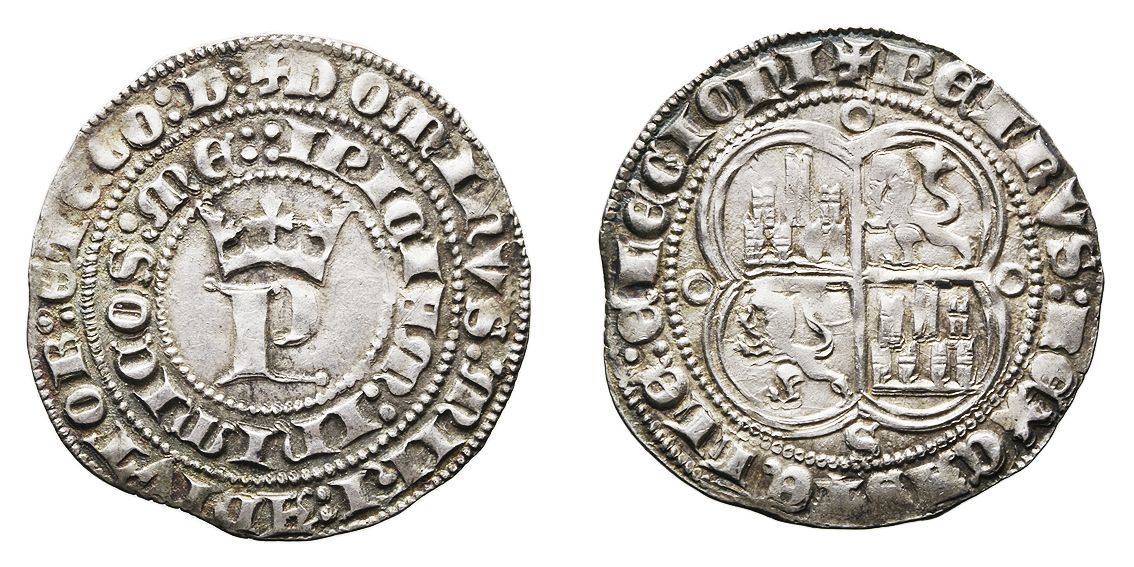|
Valdecañas De Cerrato
Valdecañas de Cerrato is a town and a district in the municipality of Baltanás. It is located 9 km from Baltanás in the Comarcas of Spain, comarca of El Cerrato (Palencia), in the autonomous communities of Spain, autonomous community of Castile and León (Spain), and belongs to the jurisdiction of Palencia. Geography Valdecañas de Cerrato's geography is dotted with hills surrounded by moors and the population is settled at the foot of the Piyayo peak or the Roble peak, also called "Carrascal hill" in a valley along which the Castillo, Pozo, Valle and Pozuelo streams flow. These meet at the cemetery and supply water to the Cañocaliente, Aguanal, Matilla, Águila, Mojapán, Piedra, Burros and Carropalenzuela springs that flow into the Pisuerga river, which disappear before reaching their outlets. It lies at a distance of 14 km from the A-62, 37 km from Palencia, 53 km from Burgos and 68 km from Valladolid. To the north it is bordered by Tabanera de Cer ... [...More Info...] [...Related Items...] OR: [Wikipedia] [Google] [Baidu] |
Comarcas Of Spain
In Spain, a ''comarca'' () is either a traditional territorial division without any formal basis, or a group of municipalities of Spain, municipalities, legally defined by an autonomous communities of Spain, autonomous community for the purpose of providing common local government in Spain, local government services. In English, a comarca is equivalent to an area, county, district, or region, zone. Legally defined comarcas The large majority of legally defined comarcas are in comarques of Catalonia, Catalonia (42) and Comarcas of Aragon, Aragon (33), and are regulated by law and are governed by a comarcal council with specified powers. There are seven comarcas formally registered in Comarcas of the Basque Country, Basque Country and one, El Bierzo, in Castile and León. In Comarcas_of_Andalusia, Andalusia, Comarcas of Galicia, Galicia, Comarques of the Valencian Community, Valencia and Comarcas of Asturias, Asturias, comarcas are defined by regional law but lack any specific ... [...More Info...] [...Related Items...] OR: [Wikipedia] [Google] [Baidu] |
French Revolutionary Wars
The French Revolutionary Wars () were a series of sweeping military conflicts resulting from the French Revolution that lasted from 1792 until 1802. They pitted French First Republic, France against Kingdom of Great Britain, Great Britain, Habsburg monarchy, Austria, Kingdom of Prussia, Prussia, Russian Empire, Russia, and several other countries. The wars are divided into two periods: the War of the First Coalition (1792–1797) and the War of the Second Coalition (1798–1802). Initially confined to Europe, the fighting gradually assumed a global dimension. After a decade of constant warfare and aggressive diplomacy, France had conquered territories in the Italian peninsula, the Low Countries, and the Rhineland with its very large and powerful military which had been totally mobilized for war against most of Europe with mass conscription of the vast French population. French success in these conflicts ensured military occupation and the spread of revolutionary principles over mu ... [...More Info...] [...Related Items...] OR: [Wikipedia] [Google] [Baidu] |
Spanish Real
The ''real'' (English: /ɹeɪˈɑl/ Spanish: /reˈal/) (meaning: "royal", plural: ''reales'') was a unit of currency in Spanish Empire, Spain for several centuries after the mid-14th century. It underwent several changes in value relative to other units throughout its lifetime until it was replaced by the ''Spanish peseta, peseta'' in 1868. The most common denomination for the currency was the silver eight-''real'' Spanish dollar (''Real de a 8'') or peso which was used throughout Europe, America and Asia during the height of the Spanish Empire. History In Spain and Spanish America The first real was introduced by Peter of Castile, King Pedro I of Crown of Castile, Castile in the mid 14th century, with 66 minted from a ''Castilian mark'' of silver (230.0465 grams) in a fineness of (0.9306), and valued of 3 ''maravedíes''. It circulated beside various other silver coins until a 1497 ordinance eliminated all other coins and retained the real (now minted 67 to a mark of silve ... [...More Info...] [...Related Items...] OR: [Wikipedia] [Google] [Baidu] |
Pedro Acuña
Pedro is a masculine given name. Pedro is the Spanish, Portuguese, and Galician name for ''Peter''. Its French equivalent is Pierre while its English and Germanic form is Peter. The counterpart patronymic surname of the name Pedro, meaning "son of Peter" (compared with the English surname Peterson) is Pérez in Spanish, Peres in Galician and Portuguese, Pires also in Portuguese, and Peiris in coastal area of Sri Lanka (where it originated from the Portuguese version), with all ultimately meaning "son of Pero". The name Pedro is derived via the Latin word "petra", from the Greek word "η πέτρα" meaning "stone, rock". The name Peter itself is a translation of the Aramaic ''Kephas'' or '' Cephas'' meaning "stone". An alternative archaic variant is Pero. Notable people with the name Pedro include: Monarchs, mononymously *Pedro I of Portugal *Pedro II of Portugal *Pedro III of Portugal *Pedro IV of Portugal, also Pedro I of Brazil *Pedro V of Portugal *Pedro II of Braz ... [...More Info...] [...Related Items...] OR: [Wikipedia] [Google] [Baidu] |
Isabella I Of Castile
Isabella I (; 22 April 1451 – 26 November 1504), also called Isabella the Catholic (Spanish: ''Isabel la Católica''), was Queen of Castile and List of Leonese monarchs, León from 1474 until her death in 1504. She was also Queen of Aragon from 1479 until her death as the wife of King Ferdinand II of Aragon, Ferdinand II. Reigning together over a Dynastic union, dynastically unified Spain, Isabella and Ferdinand are known as the Catholic Monarchs of Spain, Catholic Monarchs. Her reign marked the end of Reconquista and also the start of Spanish Empire and dominance of Spain over European Politics for the next century. After a struggle to claim the throne, Isabella reorganized the governmental system, brought the crime rate down, and unburdened the kingdom of the debt which her half-brother King Henry IV of Castile, Henry IV had left behind. Isabella's marriage to Ferdinand of Aragon in 1469 created the basis of the ''de facto'' unification of Spain. Her reforms and those she ... [...More Info...] [...Related Items...] OR: [Wikipedia] [Google] [Baidu] |
Alfonso XI Of Castile
Alfonso XI (11 August 131126 March 1350), called the Avenger (''el Justiciero''), was King of Castile and León. He was the son of Ferdinand IV of Castile and his wife Constance of Portugal. Upon his father's death in 1312, several disputes ensued over who would hold regency, which were resolved in 1313. Once Alfonso was declared an adult in 1325, he began a reign that would serve to strengthen royal power and became known for his victory in the Battle of Rio Salado. While leading a siege against Yusuf I in Granada, he died of the plague. Life Minority Born on 13 August 1311 in Salamanca, he was the son of King Ferdinand IV of Castile and Constance of Portugal. His father died when Alfonso was one year old. His grandmother, María de Molina, his mother Constance, his granduncle Infante John of Castile, son of King Alfonso X of Castile and uncle Infante Peter of Castile, son of King Sancho IV assumed the regency. His mother died first on 18 November 1313, followed ... [...More Info...] [...Related Items...] OR: [Wikipedia] [Google] [Baidu] |
San Pedro De Arlanza
San Pedro de Arlanza is a ruined Benedictine monastery in north central Spain. It is located in the valley of the river Arlanza in Hortigüela, Burgos. Founded in 912, it has been called the "cradle of Castile" (''cuna de Castilla''). It was abandoned in 1841 during the confiscations of Juan Álvarez Mendizábal's government, when ecclesiastical properties were roundly redistributed. San Pedro's two purported founding documents, preserved in twelfth-century cartulary, were issued one by Count Fernán González and his wife, Sancha of Navarre, and the other by Fernán's mother and brother, Muniadona Ramírez and Ramiro González, with Count Gonzalo Téllez and his wife, Flamula. Both documents suffer from certain inconsistencies and anachronisms that have cast doubts on their authenticity, especially that of Fernán González. It was probably forged to give the monastery a more illustrious lineage than it could prove to have. The copy of the charter of Gonzalo Téllez is more lik ... [...More Info...] [...Related Items...] OR: [Wikipedia] [Google] [Baidu] |
Ferdinand I Of León And Castile
Ferdinand is a Germanic name composed of the elements "journey, travel", Proto-Germanic , abstract noun from root "to fare, travel" (PIE , "to lead, pass over"), and "courage" or "ready, prepared" related to Old High German "to risk, venture." The name was adopted in Romance languages from its use in the Visigothic Kingdom. It is reconstructed as either Gothic or . It became popular in German-speaking Europe only from the 16th century, with Habsburg rule over Spain. Variants of the name include , , , and in Spanish, in Catalan, and and in Portuguese. The French forms are , '' Fernand'', and , and it is '' Ferdinando'' and ''Fernando'' in Italian. In Hungarian both and are used equally. The Dutch forms are and ''Ferry''. There are numerous short forms in many languages, such as the Finnish . There is a feminine Spanish, Portuguese, and Italian form, . Royalty Aragón/León/Castile/Spain *Ferdinand I of Aragon (1380–1416) the Just, King in 1412 * Fer ... [...More Info...] [...Related Items...] OR: [Wikipedia] [Google] [Baidu] |





